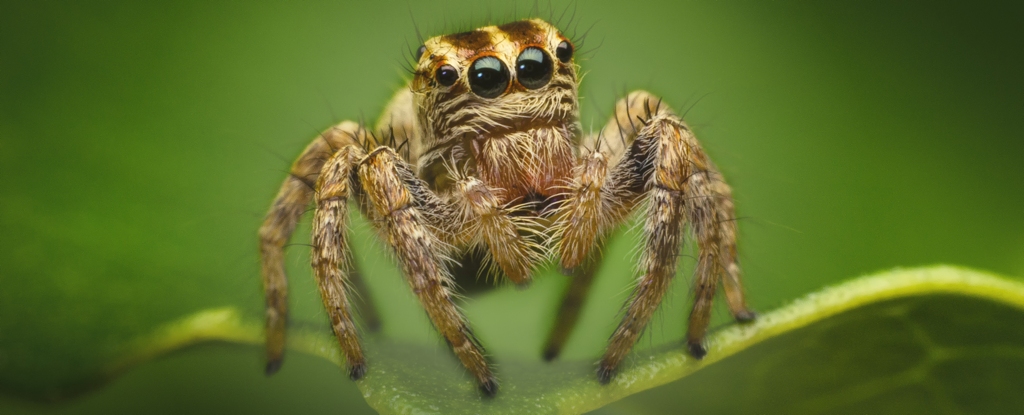Have you ever pondered the ideal temperature for sustaining life on Earth? While humans find 20°C quite comfortable, any increase in temperature prompts us to release heat, which demands energy.
It is widely known that many species exhibit the ability to thrive in significantly colder or warmer environments compared to humans. However, a study on the thermal ranges of animals, plants, and microbes residing in both air and water reveals an intriguing overlap at 20°C. Could this intriguing correlation be merely coincidental?
Across all species, the correlation with temperature follows an asymmetrical bell-shaped curve. This pattern signifies that biological processes peak at a certain temperature and then sharply decline when the temperature becomes too high.
Recent observations by a research team in New Zealand challenge the common assumption that the number of marine species increases towards the equator. Surprisingly, they noted a decline in species diversity, with peaks observed in the subtropical regions.
Further investigations unveiled that this decline has been progressively deepening since the last ice age approximately 20,000 years ago, accelerating due to the effects of global ocean warming.
Plotting the number of species against the average annual temperature revealed a decline beyond 20°C. Another intriguing coincidence?
The Interplay of Biological Processes and Biodiversity
Studies conducted in Tasmania on microbes and multicellular organisms indicated that the most optimal temperature for their biological processes coincided with 20°C.
The “Corkrey model” further reinforced this notion by demonstrating that 20°C represents the most stable temperature for biological molecules. Yet another coincidence?
Collaborating with researchers from various countries, including Canada, Scotland, Germany, Hong Kong, and Taiwan, we embarked on a quest to identify overarching patterns in how temperature impacts life forms. To our surprise, our findings consistently pointed towards 20°C as a pivotal temperature influencing various biodiversity metrics, extending beyond marine species.
Instances reveal that temperatures exceeding 20°C lead to reductions in critical measures, such as:
- Tolerance of low oxygen in marine and freshwater species.
- Productivity of marine pelagic and benthic algal communities, as well as fish predation rates on bait.
- Global species richness in pelagic fishes, plankton, benthic invertebrates, and fossil molluscs.
- Genetic diversity.
Moreover, the fossil record indicates increased extinctions when temperatures surpass 20°C.
Enrichment of Species Diversity
On a global scale, species of reef fishes and invertebrates exhibit the narrowest temperature range when their geographic distributions are centered around 20°C. A similar trend is observed in microbes.
While numerous species have adapted to thrive at both higher and lower temperatures, the majority flourish at 20°C. Additionally, fossil records indicate lower extinction rates at 20°C across various species, including sponges, lamp shells, molluscs, sea mats, starfish, sea urchins, worms, and crustaceans.
As species evolve to inhabit temperatures above and below 20°C, their thermal tolerance widens. Consequently, most species can thrive at 20°C, even if they inhabit regions with more extreme temperatures.
The mathematical Corkrey model predicts that thermal breadth should be minimized, leading to the most stable and efficient biological processes at 20°C. This, in turn, maximizes species richness across all life domains, ranging from bacteria to multicellular plants and animals. Hence, the model offers a theoretical basis for this observed “20°C effect.”
Projecting Climate Change Impacts
The concentration of life forms around 20°C suggests fundamental constraints that hinder tropical species from adapting to higher temperatures.
While species can potentially adjust their ranges to cope with global warming, the 20°C effect implies local enhancements in species richness up to an annual average of 20°C. Beyond this threshold, richness is anticipated to decline.
This implies that many marine species capable of adapting to global warming by shifting their geographic distribution are unlikely to face extinction. Conversely, terrestrial species may encounter challenges in shifting their ranges due to human-induced modifications in landscapes like urban areas, agriculture, and other infrastructures.
The 20°C effect emerges as a straightforward explanation for various phenomena, encompassing trends in species richness and genetic diversity with temperature, extinction rates in the fossil record, biological productivity, optimal growth rate, and marine predation rates.
Despite the intricate nature of multicellular species, the efficiency of cellular-level temperature regulation remarkably mirrors other aspects of biodiversity.
The significance of 20°C as a pivotal and energy-efficient temperature for cellular processes may stem from the unique molecular properties of water associated with cells. These properties might also elucidate why approximately 42°C serves as an absolute limit for most species.
Enhanced awareness of this 20°C effect could unveil novel insights into how temperature governs ecosystem functions, species distribution and abundance, and the evolutionary trajectories of life forms.
